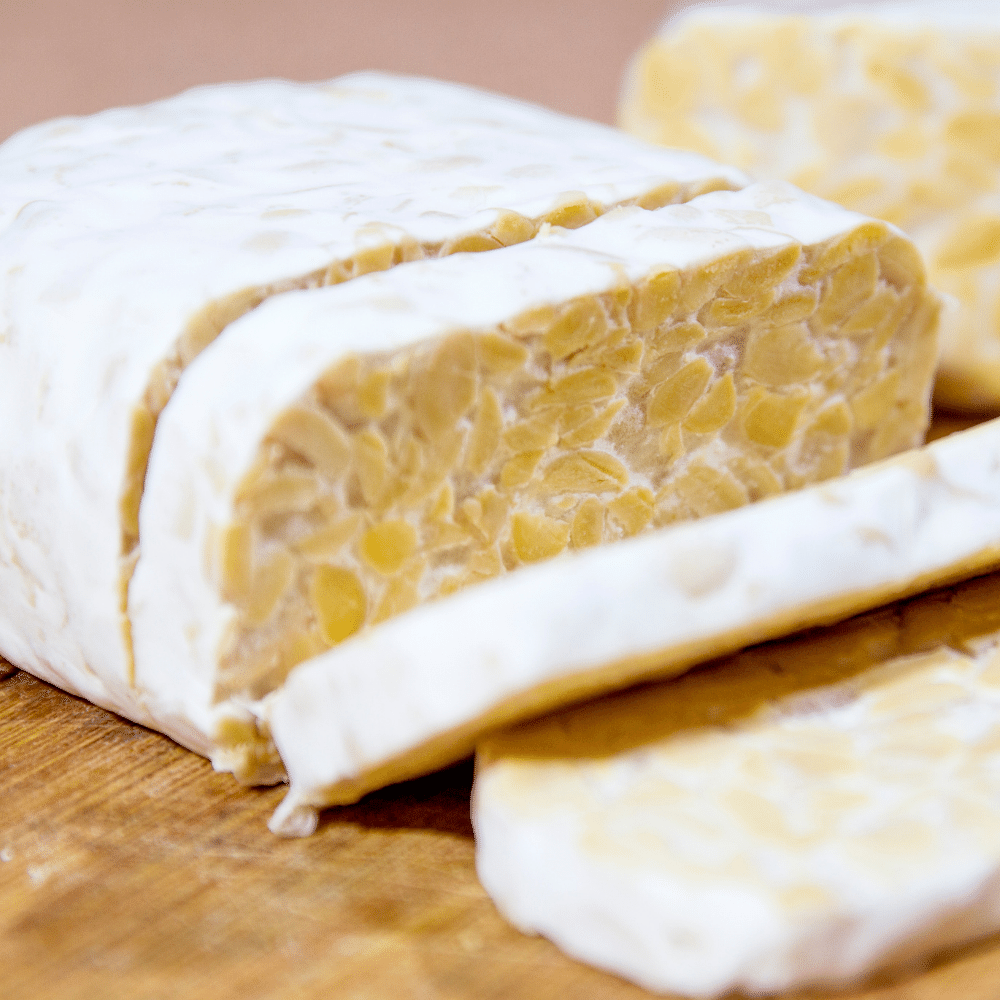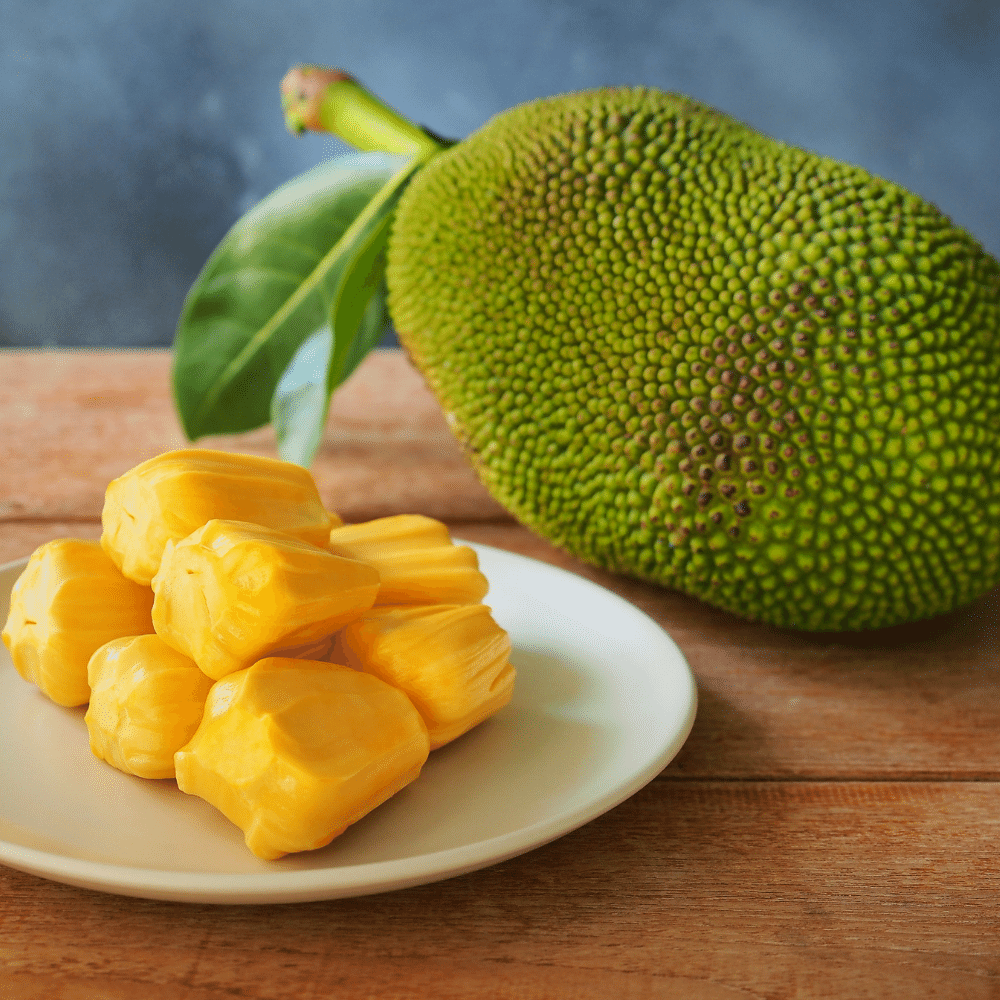Tuna is a versatile and nutritious ingredient commonly used in various cooking styles, from sushi to sandwiches, and salads to casseroles. The importance of tuna in cooking stems from its high protein content, omega-3 fatty acids, and distinct flavor.
However, there are multiple reasons someone might seek a substitute for tuna, including availability, allergies, or personal preferences such as dietary restrictions or taste.
Originating from the ocean as a saltwater fish, tuna comes in several species with different flavors and textures, making it a popular choice in recipes worldwide.
As a result, finding suitable substitutes for tuna can enhance your cooking experiences by providing options based on the specific recipe, desired taste and texture, nutritional value, and individual preferences.
In the following sections, we will explore five of the best substitutes for tuna, and provide tips on how to choose the most suitable option for your needs.
What Is Tuna?

Tuna is a popular saltwater fish belonging to the Thunnini tribe, which consists of several species with varying sizes and colors. Originating from the warm waters of the Atlantic, Pacific, and Indian Oceans, tuna has been a staple in many global cuisines for centuries.
Known for its distinct flavor and firm texture, tuna is commonly used in a wide range of recipes. One of the most popular presentations of tuna is in sushi and sashimi dishes where the raw fish is delicately sliced and served with various accompaniments.
Tuna is also enjoyed as a cooked ingredient in dishes like tuna steaks, tuna salads, and casseroles. It is frequently preserved through canning, making it a convenient, shelf-stable option for various cuisines.
In addition to its culinary uses, tuna is also prized for its nutritional value. Rich in omega-3 fatty acids, protein, and various vitamins and minerals, it is considered a healthy choice for seafood lovers.
However, it is essential to be mindful of mercury levels in some species of tuna, as consuming large quantities could result in health risks.
The 5 Best Substitutes for Tuna
Finding the perfect substitute for tuna can be a challenging task, especially when considering factors such as allergies, taste preferences, and availability. Here are the top 5 substitutes for tuna:
Substitute 1: Salmon

Description and source: Salmon is a popular fatty fish with a strong, distinct flavor that can serve as an excellent alternative to tuna.
Benefits and drawbacks: Salmon is rich in omega-3 fatty acids and can be easily found in supermarkets. However, it may have a stronger taste compared to tuna, which may not be preferred by some individuals.
Appropriate recipes or dishes for this substitute: Salmon can be used in sushi rolls, salads, and sandwiches.
Substitute 2: Mackerel

Description and source: Mackerel is another oily fish with a distinctive flavor that makes it a suitable substitute for tuna.
Benefits and drawbacks: Mackerel is a great source of vitamins and minerals, but its strong taste might not be loved by everyone.
Appropriate recipes or dishes for this substitute: You can try mackerel in pasta dishes, tacos, or grilled dishes.
Substitute 3: Chickpeas

Description and source: Chickpeas are a plant-based, protein-rich substitute for tuna, ideal for vegetarians and vegans.
Benefits and drawbacks: Chickpeas provide dietary fiber and are budget-friendly, but they may not deliver the same taste and texture as tuna.
Appropriate recipes or dishes for this substitute: You can use mashed chickpeas in a “tuna” salad sandwich or as a topping for salads.
Substitute 4: Tempeh

Description and source: Tempeh is a soy-based product used as a meat alternative and can be a great swap for tuna in various dishes.
Benefits and drawbacks: Tempeh is a good source of protein, vitamins, and minerals, but will not have the same seafood flavor as tuna in recipes.
Appropriate recipes or dishes for this substitute: Tempeh can be flaked and used in tuna salads, casseroles, or stir-fries.
Substitute 5: Canned Jackfruit

Description and source: Canned jackfruit is a versatile, plant-based alternative to tuna when seasoned and prepared properly.
Benefits and drawbacks: Jackfruit can mimic the texture of tuna, but it lacks the same nutritional content and may need additional flavoring to enhance its taste.
Appropriate recipes or dishes for this substitute: Jackfruit is great for creating plant-based “tuna” salad sandwiches or in additional dishes like sushi rolls and tacos.
How to Choose the Best Substitute for Tuna
When selecting the best substitute for tuna, there are several factors to consider in order to achieve the desired taste, texture, and nutritional value in your dishes. Here are some tips to guide you in making the suitable choice:
- Tip 1: Consider the specific recipe: Different tuna substitutes may work better in certain recipes than others. For instance, some substitutes might be better suited for salads, while others may be ideal for casseroles or sushi. Always take into account the specific dish you are preparing when choosing a tuna substitute.
- Tip 2: Keep in mind the desired taste and texture: Tuna has a unique taste and texture that may not be easily replicated by all substitutes. When selecting a substitute, consider its flavor profile and how it compares to that of tuna. Additionally, keep in mind the texture of the substitute, as some may be softer or firmer than tuna.
- Tip 3: Account for nutritional value and dietary restrictions: If you or someone you’re cooking for has specific dietary needs or restrictions, it’s crucial to choose a tuna substitute that aligns with those requirements. Some alternatives may be higher or lower in protein, calories, or other nutrients, so being mindful of these differences is essential.
- Tip 4: Evaluate availability and affordability: Not all tuna substitutes may be readily available or affordable in your local grocery store or market. When deciding on an alternative, consider the availability and cost of the options and choose one that fits your budget and is easily accessible.
- Tip 5: Experiment with different substitutes to find personal preferences: Finding the perfect tuna substitute may take some trial and error. Don’t be afraid to test out different options and discover which alternatives work best for you and your taste buds. Experimenting with various substitutes can help enhance your cooking experiences and expand your culinary repertoire.
Conclusion
In finding suitable substitutes for tuna, it’s essential to consider factors such as availability, allergies, and personal preferences. By exploring the top 5 substitutes listed above, you can ensure that your meals remain balanced and enjoyable, meeting your taste and nutritional requirements.
Remember that each substitute has its own set of benefits and drawbacks, as well as suitable recipes or dishes in which it can be used effectively. Be open to experimentation and trying out these different alternatives to discover which ones best fit your unique cooking style and taste preferences.
By being mindful of factors such as taste, texture, nutritional value, dietary restrictions, and affordability, you can confidently choose the best substitute for tuna in any particular recipe.
So, embrace the culinary journey and continue enhancing your cooking experiences by incorporating a variety of substitutes for ingredients such as tuna in your recipes.

The 5 Best Substitutes for Tuna
Ingredients
- Salmon
- Mackerel
- Chickpeas
- Tempeh
- Canned Jackfruit
Instructions
- Pick your favorite substitute from the list above.
- Follow cooking directions for your selected substitute with the proper ratio of ingredients.
Jenny has always been passionate about cooking, and she uses her platform to share her joy of food with others. Her recipes are easy to follow, and she loves giving tips and tricks to help others create their own unique culinary creations.

